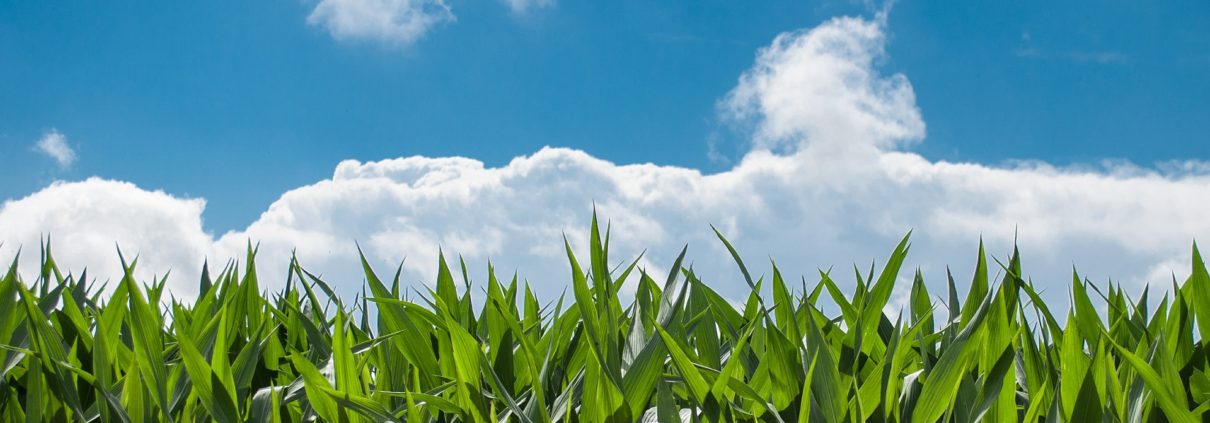Six Ways To Attract More Animals to Your Hunting Property
The most important part of any hunting property is something you can’t buy at a store: the wild animals. Attracting animals to your land (and keeping them there) can take hard work, but if you are able to provide the key things animals need (food, water, and shelter) they will make their home on your land. Taking these six steps can help attract animals to your hunting property.
1. Prescribed Burns
Setting fire to where you want animals to roam may sound counterintuitive, but prescribed burns are actually a great way to make your property a more attractive home for a wide variety of animals. Prescribed burns clear away dead plants and debris littering up your land so that new plants can grow. The burned plants also provide valuable nutrients for new crops to grow in. All this fresh, rich food will attract animals to your property.
2. Build a Food Plot
Giving animals a reliable source of food is a great way to encourage them to make a home on your property, as Tommy Stroud Jr, ALC, mentioned in his article Adding Recreational Value To Your Property.
“While it does take some time and money to prepare a food plot, the end result will benefit wildlife and keep them on your property,” said Stroud. “This requires cutting timber, removing the stumps, liming and fertilizing the soil, and figuring out what and when to plant. The majority of these food plots are on the edges of hardwoods.”
Plant accordingly to what the animals you want to hunt like to eat. Here are a few popular animal-favorites when it comes to snacks:
Deer: Red clover, orchard grass, chestnuts, acorns, and fruits
Duck: Grass, grain, berries,
Boar: Acorns, roots, bulbs, grass
When choosing what to plant, be sure to plant a diversity of foods in case some crops grow better than others. A variety of food is also important so that food will be blooming year-round, ensuring the animals will want to be on your property 365 days a year.
3. Build a Pond
Creating a water source is an excellent way to bring animals to your hunting property. Ponds and lakes create steady sources of drinking water for animals, and if you add fish to the pond, it can attract carnivores. To learn how to build a pond on your property, Kent Morris, ALC, has a great step-by-step article on his blog.

4. Create Cover
Many animals (especially deer) need to feel like they are protected in order to stay on a property.
Planting tall grasses and low-growing shrubs give deer cover from predators, making them feel safe, as they move around your property or seek places to rest.
5.Timber Stand Improvement
Timber stand improvement (also called TSI) is a method of creating cover on your land by hinge-cutting trees and letting different parts of the fallen tree grow. This creates excellent cover for animals to make a home in. Also, deer love to munch on the sprouts that pop up from the tree stumps.

6. Plant Trees For Winter.
Planting trees that thrive in winter (such as hemlock, spruce, and pine) can give the animals shelter from the worst winter winds and provide protection from other harsh elements like rainstorms and hail.
Since animals can be unpredictable, it’s not always easy to attract animals to your hunting property. However, with these six tips, you can make your land into a paradise for a wide variety of animals.
Interested in learning how to best put these tips into practice and seeing what other ways there are to attract more wildlife to your property? Find A Land Consultant near you for expert advice.
About the Author: Laura Barker is a freelance writer based out of California for the REALTORS® Land Institute. She has been with RLI since October 2017.








 6. Trees. The other technique that I have seen used for long-term wealth building is hardwood trees. In a system called alley cropping, we establish rows of hardwood trees every 80 feet; walnut and red oak trees make a good example. A simple hot wire can protect them when they are young saplings. Soil scientist tell me that having the trees will not reduce the hay production until year eight to ten when they end up being tall enough that their shade and size will begin to reduce the hay production on the range. There is an offset in most cases, if we follow this plan, the timber value at 30 years is greater than the purchase price of the land. This can be an especially lucrative harvest if its timing aligns with the farm owner’s retirement.
6. Trees. The other technique that I have seen used for long-term wealth building is hardwood trees. In a system called alley cropping, we establish rows of hardwood trees every 80 feet; walnut and red oak trees make a good example. A simple hot wire can protect them when they are young saplings. Soil scientist tell me that having the trees will not reduce the hay production until year eight to ten when they end up being tall enough that their shade and size will begin to reduce the hay production on the range. There is an offset in most cases, if we follow this plan, the timber value at 30 years is greater than the purchase price of the land. This can be an especially lucrative harvest if its timing aligns with the farm owner’s retirement. About the Author:
About the Author: 




















 About the Author:
About the Author: 




